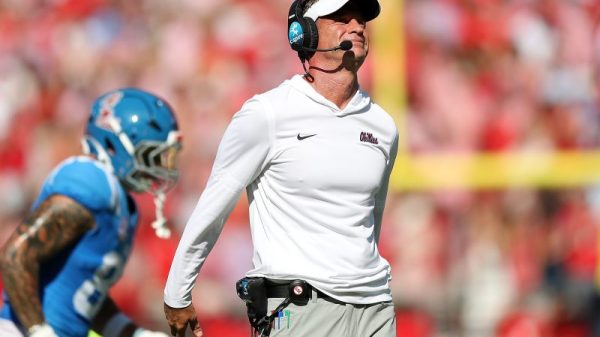On Tuesday, the Republican-led majority in the North Carolina legislature overrode Gov. Roy Cooper (D) to enact a ban on most abortions after 12 weeks of pregnancy. The following day, Florida Gov. Ron DeSantis (R) signed a number of new bills into law, including restrictions on gender-affirming treatments for minors and on drag shows.
The back-to-back legislative moves reflect a now-common pattern in the country, driven by the political right: targeting transgender people and rolling back abortion rights. The latter is a function of the Supreme Court’s overturning Roe v. Wade last year, allowing states to impose new restrictions on the procedure. The former is explicitly political, following an intentional effort to elevate transgender issues by right-wing activists.
In isolation, the new restrictions passed in numerous states reflect the broader political gulf in the country. But when we overlay the two efforts, the picture becomes slightly more nuanced.
The Washington Post has been tracking new restrictions on abortion and on targeting transgender care and visibility. Post reporters have compiled information on what’s been proposed in each state and what’s been enacted.
In each case, states can be slotted into four categories. On abortion, many states have passed laws protecting access to abortion. Many others have passed laws banning it in most cases. Some states sit in between, either waiting for laws to go into effect (as in Florida and North Carolina) or having laws that were recently blocked in court.
States can be grouped into four categories on anti-transgender bills, too. In a few states, no legislation has been proposed (as of The Post’s most recent update). In a number, laws have already been enacted. Then there are states where a few bills have been introduced — or where a lot have, generally reflecting the dominance of Republican legislators at the state level.
When we overlap those two sets of categories, this is what results. Each state is labeled and its 2020 presidential vote indicated. Larger circles mean larger margins for the winning presidential candidate.
Unsurprisingly, the states in the top left box — legal abortion, no proposed laws targeting trans people — are heavily blue. Most of those in the bottom right box — broad bans on abortion and new laws targeting trans people — are heavily red.
But there are exceptions. Georgia, a state that backed President Biden, has a heavily Republican state leadership, so it’s in the bottom-right box. Alaska, a red state that tends to be less robustly partisan in its politics, sits near the upper left corner.
What jumps out, though, is how blue states are broadly uniform in protecting abortion but more varied in terms of seeing anti-trans legislation passed. This is in part because we’re comparing apples to oranges, laws enacted on abortion vs. introduced on trans issues. It’s also probably in part because anti-trans legislation can take many forms, from targeting drag performances to participation in sports programs to restrictions on medical care. Part of the point of elevating trans issues for many on the right is specifically to find wedge issues that can help them peel away votes from moderate Democrats.
The picture that emerges when comparing these two legislative efforts reflects the polarization we’re used to. But it also offers a more complex picture, one rooted in part on the fact that legislative priorities have changed (through choice or opportunity) and in part on the surge of supermajority-control in state legislatures — mostly by Republicans.
The picture above is also far from finalized.



























